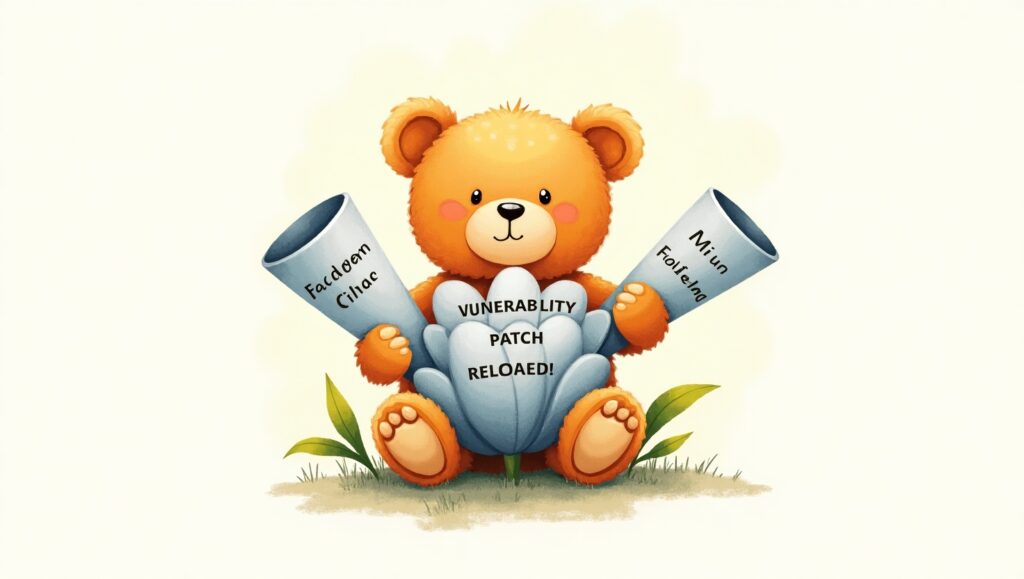In today’s digital-first world, cyber security has never been more vital. As technology evolves, so do the threats that face organizations, governments, and common consumers. From AI-driven attacks to huge data breaches, 2025 is already shaping up to be a pivotal year for cyber security. Here’s an in-depth look at the newest updates, rising dangers, and industry reactions that are generating news abroad.
Rising Threat: AI-Powered Cyber Attacks
One of the most critical cyber security trends in 2025 is the increased use of artificial intelligence by hackers. Cyber thieves are employing generative AI to perform sophisticated phishing assaults, bypass firewalls, and automate malware deployment.
A recent analysis by the Cyber Defense Alliance indicated that over 63% of cyber events in Q2 2025 featured AI-generated material or code. This includes deepfake frauds, AI-crafted phishing emails, and auto-adaptive malware that evolves during an assault.
Cyber security expert Maria Feldman says, “AI is no longer just a defense tool. Hackers are exploiting it to break past systems that were formerly thought safe. This begs for a thorough overhaul of how we approach digital defense.”
Top Data Breaches So Far in 2025
The first half of 2025 has witnessed several high-profile data breaches affecting millions globally. Some of the most notable include:
MetaBank Financial Leak (March 2025): Over 28 million documents, including crucial banking details, were dumped on the dark web. Investigations found that the breach came from an abused third-party vendor tool.
EduNet University Network Hack (May 2025): More than 1.5 million student and faculty records from top colleges across the U.S. and Europe were compromised in a coordinated ransomware attack.
Global HealthNet Breach (June 2025): Patient records and biometric data of over 10 million people were taken, creating severe worries about medical data security.
These breaches underline the significance of multi-layered security systems and regular audits, especially for organizations managing personal and financial information.
Zero Trust Architecture: A Growing Industry Standard
In response to escalating dangers, more businesses are adopting the Zero Trust Architecture (ZTA) concept in 2025. The “never trust, always verify” strategy assumes that attacks could emerge from both outside and inside the network.
Major tech businesses including Microsoft, IBM, and Cisco have changed their cloud and security systems to fully embrace Zero Trust frameworks. In Pakistan, the National Telecommunication Corporation (NTC) has also adopted ZTA across its federal networks to strengthen vital infrastructure.
Government Initiatives and Cyber Security Laws
Governments worldwide are ratcheting up efforts to bolster national cyber protection. Some important initiatives in 2025 include:
U.S. National Cybersecurity Strategy Update (April 2025): Focuses on keeping software vendors accountable, encouraging private-public collaboration, and investing R&D for cyber resilience.
EU Digital Protection Act 2025: Enforces tougher fines on corporations who fail to secure user data, and enforces real-time threat reporting within 24 hours of a breach.
Pakistan Cyber Security Bill 2025 (proposed): Introduces a national cyber incident response system, obligatory encryption for government data, and tougher punishments for cybercrime.
These regulatory measures aim to promote a stronger digital environment where citizens and businesses are better protected from escalating cyber dangers.
Cybersecurity in the Age of Remote Work and IoT
The post-pandemic shift to remote employment and the continuous rise of Internet of Things (IoT) devices have created new dangers. In 2025, it’s anticipated that more than 40 billion IoT devices are connected globally. Unfortunately, many of these gadgets lack fundamental security safeguards.
This year, multiple cyber attacks were conducted through compromised smart devices including printers, routers, and even smart refrigerators. Companies are now being pushed to adopt endpoint detection and response (EDR) solutions to monitor and safeguard every connected device in their network.
Remote work has also spurred the adoption of virtual private networks (VPNs), secure collaboration technologies, and biometric access controls. However, experts advise that simply utilizing a VPN isn’t enough—it must be accompanied with robust authentication and encryption.
Cybersecurity Skills Shortage: An Ongoing Challenge
Despite the mounting dangers, the global shortage of trained cybersecurity experts continues to be a problem. A research from CyberSeek reveals that over 3.5 million cybersecurity posts remain unfilled in 2025.
Governments and corporate organizations are investing in training programs, certifications, and bootcamps to bridge this gap. In Pakistan, the Digital Pakistan Cyber Academy started a series of online courses and scholarships to train 10,000 students by the end of the year.
Tips for Individuals and Businesses
With cyber risks becoming increasingly advanced, both individuals and corporations must take preventative precautions. Here are some 2025-specific recommendations:
Use passkeys and biometric authentication instead of passwords.
Enable two-factor authentication (2FA) for all key services.
Update software and firmware regularly to patch vulnerabilities.
Avoid clicking on dubious links, especially those received via email or social media.
Back up essential data routinely, both online and offline.
Train employees on how to recognize phishing and other social engineering threats.
Conclusion: Stay Alert, Stay SecureTips for Individuals and Businesse
Tips for Individuals and Businesses
The cyber security situation in 2025 is dynamic and increasingly complex. With AI-powered attacks, changing malware, and more devices online than ever before, the need for strong cyber defenses is vital. Whether you’re a government agency, business owner, student, or ordinary user, remaining aware and attentive is the first step toward protecting oneself in the digital age.
By adopting wiser security practices, supporting global cyber regulations, and investing in skill development, we can all contribute to a safer internet for everyone.

